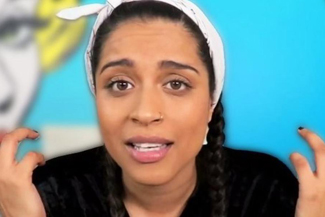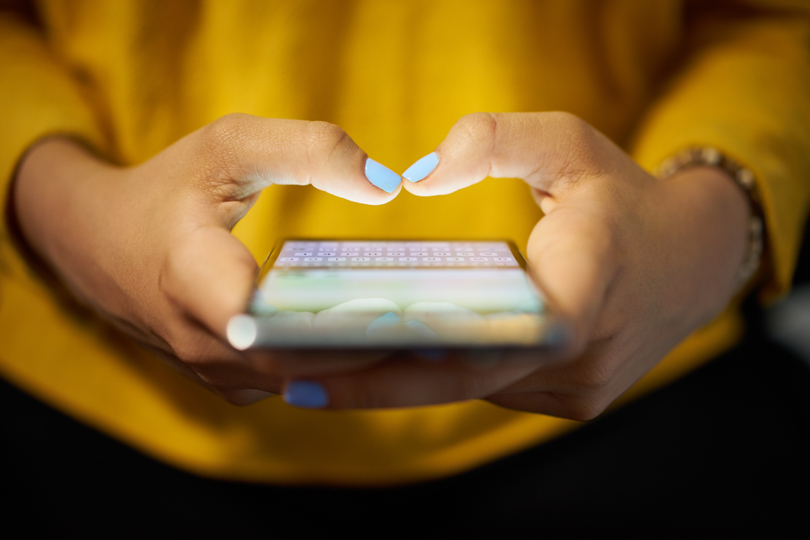How to know when it’s time to put down the phone and take a break…
Earlier this year one of my best friends decided they needed to take a step back from all of the social media on her phone. She disabled all of her accounts, Instagram, Facebook, Twitter, and Snapchat for almost two months. When I asked her why she was taking a break, she told me every time she scrolled, double tapping on photos, it made her feel bad about her life. Everything she was seeing wasn’t real, and was making her feel bad about her own photos, that she wasn’t having enough fun, with enough people, posting enough about it. She had come to the conclusion that she was spending too much time on something that ultimately didn’t matter, so she decided to take a break for a little bit to see if it changed how she felt. Earlier this week, social media influencer Lily Singh, aka, iisuperwomanii made a similar decision, and announced she would be taking a hiatus from her social channels in order to focus on her mental health.

Like many influencers before her, Singh has opened up a discussion about the toll social media can take. Whether you have 150 followers, or 15 million, we are constantly on our phones, updating our socials, watching YouTube videos, trying desperately to keep up with the people on the other side of the screen. These days it seems social media detoxes are just as on-trend for health as juice cleanses, and SoulCycle. Recently I tried to rationalize detoxing from my phone for a weekend. I decided I would give it a try, and I lasted a disappointing two hours. My detox fell apart when I insisted I had to check up on Prince Harry, and Meghan Markle. I feel like I have a responsibility to know what’s happening online. It’s not as easy for people who make a living from being on social media to give it up for extended periods of time. So instead of giving up my phone altogether (because let’s face it, it just wasn’t in the cards for me, and I had made my peace with that), I decided that I would instead be more mindful of how much time I spend scrolling on it, and start taking shorter breaks from constantly being attached to it. I found this to be extremely difficult. I felt compelled to share every bit of my day on my Insta story, even if I wasn’t doing anything exciting just to feel seen. I had to keep reminding myself to stop thinking about what I should be posting, and instead just live in the moment, and enjoy the people around me. I realized that I noticed more of what was happening. Instead of not fully being present in a conversation, I was part of the conversation. I was still being “seen” just in a different way.
I am just a regular person; I don’t have millions of followers. I couldn’t imagine what it would be like for somebody that has an audience that big, and social influence that strong. Where does your work stop, and where do you start? Who are your real friends, and who are your collogues? A lot of influencers start posting as a hobby, and it blows up into a full network of followers, and brand deals. They feel a responsibility to always be on, and delivering content. Even vacations, and time off are documented and posted. Constantly being plugged in takes a toll. As more high-profile influencers, and celebrities talk about taking time to focus on mental health, the more they encourage everybody to open up, and take a break.
The more I talked to my friend about her detox, the more I understood where she was coming from. The feeling of inadequacy while comparing to not only influencers, but also your own friends and peers can have you drown in your own self-doubt. We start scrolling, liking, and checking up on who has, or has not liked our photos, or viewed our stories. Then we start making conclusions as to why people haven’t. We start spiraling until everything we have made a decision about is based solely on information we’ve made up in our own heads. It’s important to remember that we are all on our own journeys in life. As much as we sometimes feel like we should be doing more, or be further along than we are, try to remember that there is probably at least one person that looks at your posts, and thinks the same things about themselves. It is also important to remember that nobody is sharing failures online. Often we only see the highest highs of somebody’s life (and a lot of the time it’s edited to make it look even better). These are the images we are comparing our own lives with, the lives we know everything about, the highs, the lows, and the failures. Essentially we are comparing the most vulnerable parts of our feelings, and lives with something that’s most likely not real.
I asked my friend about what she had learned from her detox, and she told me something that has stuck with me since. She said that she felt a double tap on a photo online now means more than anybody’s words or actions in real life. In a society where social media is a form of social currency, how to we maintain a level head without getting too wrapped up in it all? The answer sounds a lot simpler than it actually is. We need to be more mindful of what we’re taking in while we’re scrolling through social media. Remind yourself often that the person in the photo, or the video is still a person. They have good days, bad days, and everything in between. Keep in mind your life doesn’t look like theirs because it doesn’t have to. At first I thought social media detoxes were just another passing trend, but the more I looked into it, and how I felt while scrolling, taking a break from it seemed more necessary. Lily Singh, and other big influencers are just starting to shed a light on how important it is to take a step back and focus on your mental health. As social media continues to grow, and become a bigger part of our day-to-day lives, we need to be smarter, and more mindful of what we are constantly consuming while scrolling. Always remember that not everything you see is the full truth. If you need to take a break, take it. Whether it’s a month, a week, or just a few hours.











